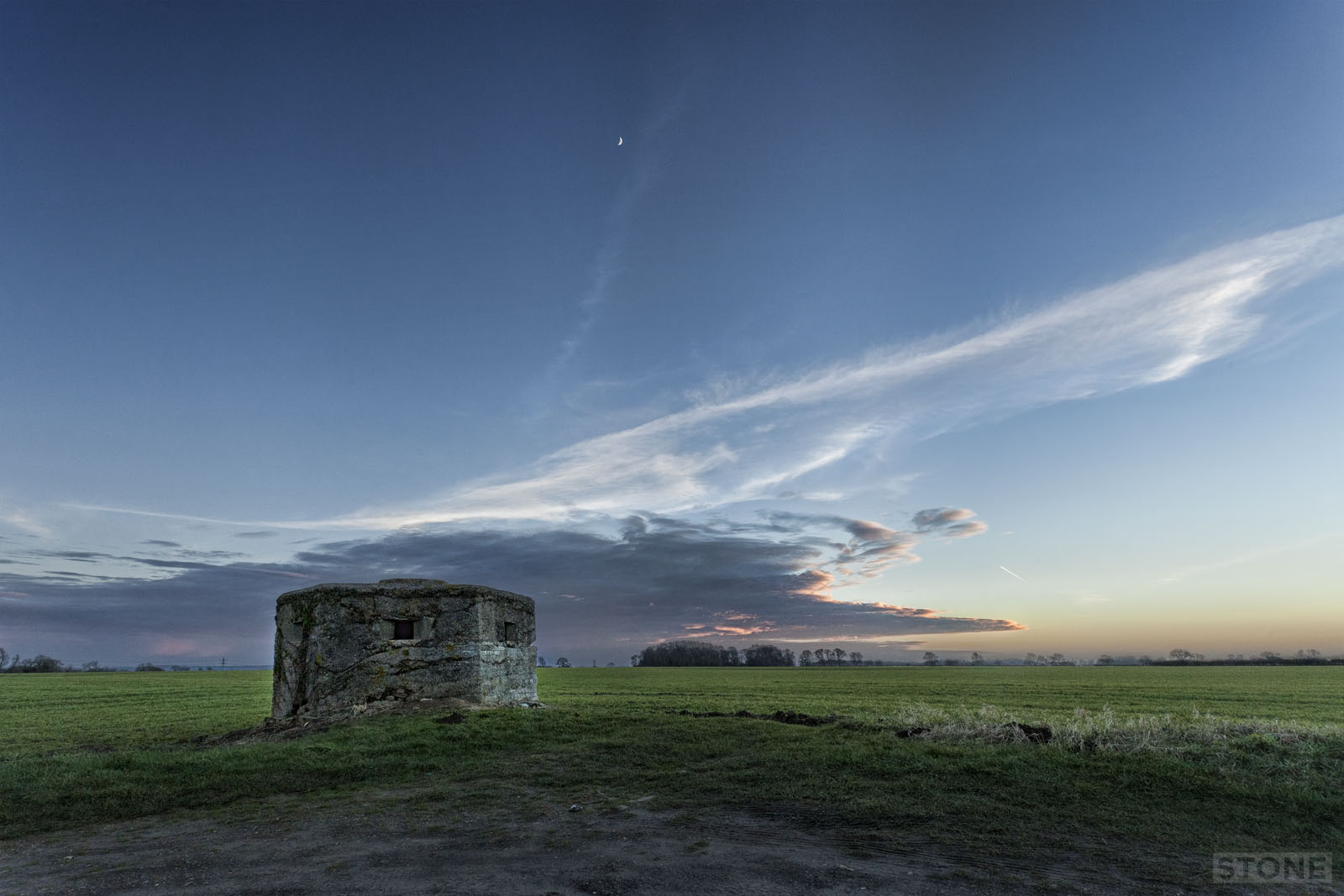There are hundreds of these scattered across Norfolk, it’s not a modern phenomenon either. Defence starts at the gate to your house, there’s ramparts and forts, dating from the late Neolithic to fairly recent lumps of Cold War concrete dotted about on awkward corners and peering across dry valleys and bridges or silently staring out to sea across the whole of Britain like this one at Brandiston.
They are part of the landscape that we are all familiar with but largely ignore. As a child growing up in Norfolk these were playthings in our world tempered by the then contemporary raft of films about the Second World War which populated our imagination as we tried to understand our parents and grandparents. Our plaything based on how film directors worked out how to embellish the horror and entertain us with heroes, as actors brushed up on how to die in glorious Technicolour. The comics of the time portrayed the gallantry and heroics, children acted it out in the available resources to hand, cutting pathways that in many cases remain in their minds even today.
I know we knew they were of the correct period, real World War Two stuff, and a group of five lads in one of these were as hard to extricate with mud clods and sticks as James Coburn, John Mills or Maximillian Schell were in some had-lined bunker with stick grenades and Schmeissers. The downside was they always smelt of piss and were full of fag butts and tin cans on a compacted dirt floor, but they made a great real-life film set in our fevered imaginings, we didn’t care particularly. The fun to be had popping in and out of loupes, or on the occasion it was one with an intact metal door battening down the hatches against the kids from up the road lobbing stuff about negated the faint whiff of ammonia.
This one is a Type 22 thousands of these were made, reinforced concrete encased in a brick coat, it sits on the edge of the road between Brandiston, Booton and Little Witchingham; right on the edge of RAF Swannington. It’s shed it’s skin of brick as most of them do. the rain works it’s way in freezes and thaws, cracking the cement, the sun heats them and night cools and they gradually give way until there’s just the concrete hulk left. Freeze/thaw for 75 years takes it’s toll reducing the walls as these little forgotten outposts slip back into the land the job of protecting a temporary airfield in the Norfolk countryside long since done.








Trackbacks/Pingbacks